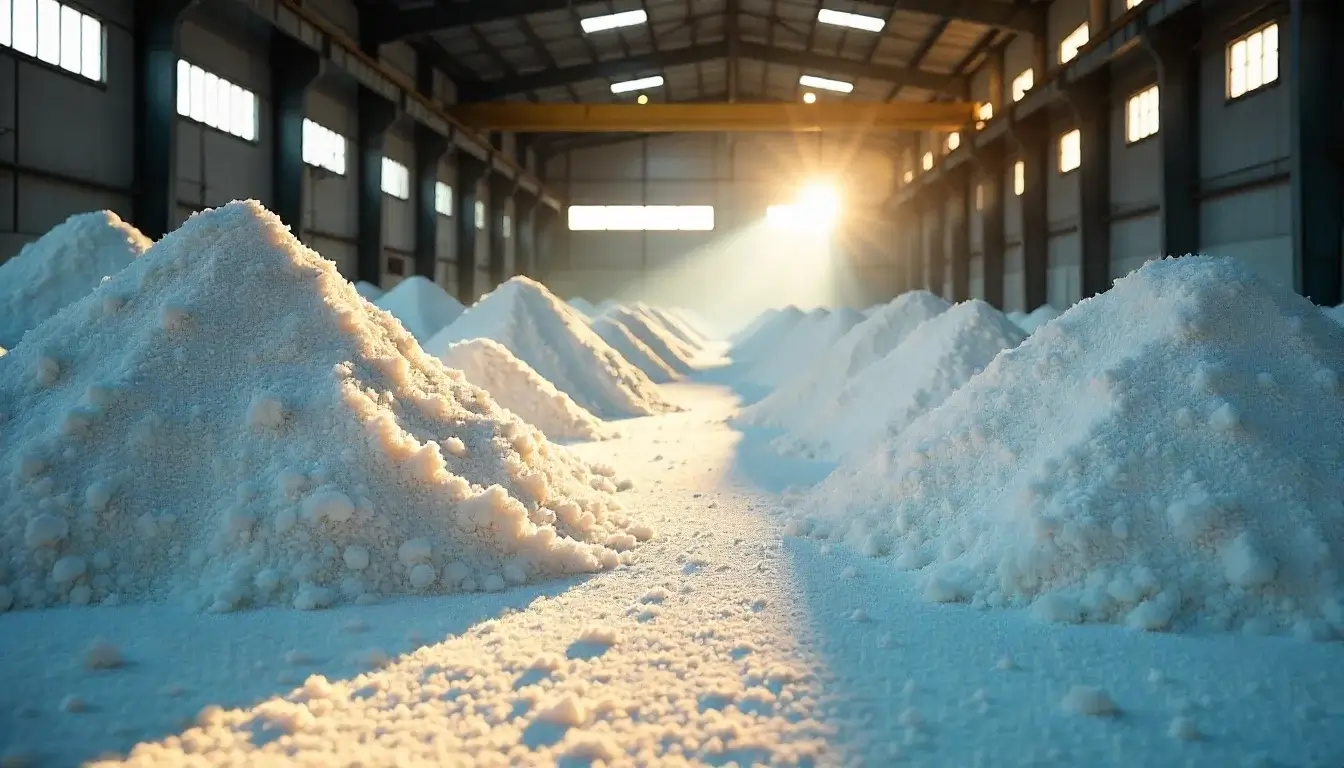Suppose you’re a candle or soap manufacturer in the U.S.. In that case, you’re likely searching for: bulk stearic acid supplier, stearic acid for candles, cosmetic/soap grade stearic acid USA, vegetable-based stearic acid, RSPO options, technical support for formulation.
This guide answers those questions with data you can use for purchasing and production decisions.
Why Stearic Acid Still Matters in 2025
Stearic acid remains a workhorse additive for candles (hardness, higher melt point, better mould release) and bars/ syndet soaps (bar hardness, opacity, creamy feel). Market momentum is solid: according to Grand View Research, recent analyses peg the global stearic acid market at $12.3B in 2024, projecting steady growth through 2030 on the back of personal care and home-care demand.
Candle context: Industry organisations note that stearin (from stearic acid) has long been used to harden candles—a practice that carried into modern paraffin and blended systems for the better shape retention and performance.
What Stearic Acid Does in Candles
- Raises melting point & improves hardness → better pillar/votive stability, less slumping in warm storage, cleaner edges out of molds.
- Optimizes burn behavior → academic and lab work show small additive levels (including stearic acid and stearates) alter burn rate, smoke formation, and strength; i.e., they’re a legitimate tool for dialing in performance.
- Enhances opacity & surface → improved appearance for solid-white pillars and container blends; commonly referenced by trade resources and suppliers.
👉 For a practical, step-by-step process on using stearic acid in wax systems, see our post How To Use Stearic Acid in Candles.
What Stearic Acid Does in Soap Bars
- Bar hardness & longevity → stearic-rich fatty acid profiles create firmer bars that last longer in use.
- Creamy, stable lather & opacity → widely used in shaving soaps and syndet bars to deliver cushion and a dense, stable foam.
- Formulation flexibility → compatible with both tallow-based and vegetable-based systems (palm, coconut, etc.), with safety substantiated by the Cosmetic Ingredient Review and similar compendia for fatty acids/soaps in topical use
Practical Application Notes
For Candle Manufacturers
- Consider stearic acid when you need crisper mold release, higher melt point, and whiter appearance in pillars/votives. Validate burn with your wick series because stearic can change capillary flow and burn rate.
For Soap Manufacturers
- Use stearic to boost hardness and opacity in bar soaps and shave pucks; balance with lauric/myristic sources for cleansing vs. conditioning. For syndet bars, evaluate sodium/potassium stearate contributions to foam stability.
Why Work With Sage Oil LLC (U.S. Supply Advantage)
- Cosmetic/soap grade & vegetable-based options (palm/coconut)
- Consistent bulk availability (bags, supersacks) with nationwide delivery
- Technical guidance for burn tests, wick matching, and bar hardness optimization
- Documentation ready for audits and compliance
- Consistent Supply Chain
Bulk Orders & Technical Support
If you’re a candle or soap manufacturer planning your next production run, we can help you spec the right grade stearic acid grade and secure reliable U.S. supply.
→ Request pricing & samples: Fast quotes, TDS/COA on request, and support for pilot batches.

